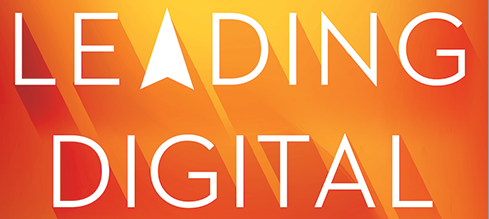Chatbots date back to the 1960s but back then they were rather used for fun. Nowadays chatbots are much more useful, even though they might be a bit hyped. (Carson, 2016)
What is a chatbot acutally? In simple terms it is a software that one can chat with for getting things done or for just being entertained. Instead of opening the weather app to see the temperature, you can ask a bot and it will tell you the weather instead. It can act as a personal assistant doing your shopping, setting up meetings for you or informing you about flights and flight delays.
However, they can change the way we use phones and computers as we do not have to click through an app and use the search function to navigate but could simply ask a question, the app can automatically find our location and answer conversationally. Nowadays chatbots are smart, they can store, synthesize and recall lots of information. They can actually anticipate before you ask and make your life easier. Your chatbot assistant would tell you the weather in Palo Alto in the morning but keeping track of your schedule would advise you to bring an umbrella for your evening event. (Carson, 2016)
Several tech companies test new smart chatbots that serve as personal assistants handling any kind of requests. Cortana acts like a personal assistant integrated in the entire device stitching tasks together and anticipating what you need. Facebook has been developing ‘M’, which is an all in one virtual assistant. The ultimate goal is to turn Messanger in a conversation platform through which you can all kinds of ordering and shopping tasks across providers. When looking for new shoes you do not have to message different store bots but M recommends some to you and helps you with the purchase. At the moment M is still in its infancy and needs humans to answer difficult questions.
Most bots are built as messenger-style bots that have the opportunity to assist or even replace customer service. Amazon Echoˋs Alexa is powerful in the sense that one can build their own sub-bots and integrations to work with Alexa. Thus, this kind of interface has the potential to be the sole interaction point with companies instead of customers talking to companies via apps. At the moment there are still various messenger style bots (such as Facebook) that let build on top of them. Over time the personal assistants will get smarter and disrupt industries and businesses. (Carson, 2016)
Did you know that some chatbots are evolved to the state that they actually as an actual person. A software developer used saved text messages and chats to build a chatbot which is able to communicate in natural language. It basically is like talking to a friend. She even took it further and programmed the chatbot to generate new content which the person never said using the vocabulary and tone of voice. It is a digital avatar that connects to family and friends and can act as oneself by generating new content which you actually never said but the chatbot uses your vocabulary and tone of voice. This way the chatbot is intended to capture your personality. (YouTube, 2016)
Microsofts Xiaoice, a chatbot of an AI project, is able to remember parts of conversations and asks you about your feelings about a situation. Xiaoice cheers millions of teenagers who text with it every day for hours up. Hundreds of Chinese people are even telling the bot that they love it. (YouTube, 2017)
One can argue that chatbots are useful for companies when it comes to answering questions and performing customer support, thus making businesses more efficient. More evolved personal assistants have the potential to disrupt the way people interact with their digital devices and with companies. However, isn’t it sad how bots and AI threaten to replace human relationships and interaction and even imitate or steal an individual’s personality? What is your opinion on the topic – do you think the advantages and benefits outweigh the pitfalls?
References
Carson, B. (2016). CHATBOTS EXPLAINED: Why the world’s most powerful tech companies think they’re the biggest thing since the iPhone. [online] Business Insider. Available at: http://www.businessinsider.com/what-are-chatbots-and-who-is-building-them-2016-4?international=true&r=US&IR=T [Accessed 8 Oct. 2017].
YouTube. (2016). My Dead Best Friend Is Now a Chatbot. [online] Available at: https://www.youtube.com/watch?v=HGcKu3SYx9A [Accessed 8 Oct. 2017].
YouTube. (2017). XiaoIce AI: millions fall in love with Microsoft chatbot in China – TomoNews. [online] Available at: https://www.youtube.com/watch?v=1cGOJ_Fcg7E [Accessed 8 Oct. 2017].



